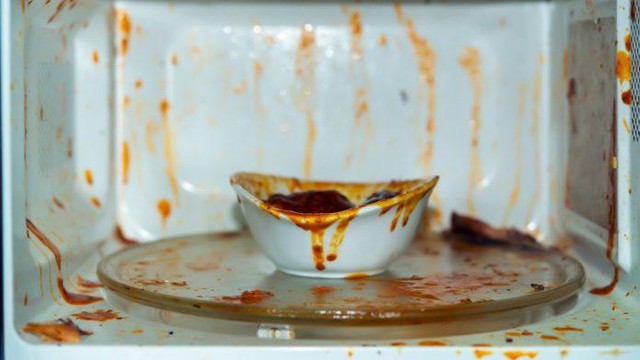Microwaves are an essential appliance in modern kitchens, used for heating food and drinks with microwave radiation. Some meals can even be cooked in the microwave without needing a stove, making it a time- and energy-efficient cooking option.
However, a common question arises when using microwaves: Can takeout containers, such as paper boxes and bowls, be used in the microwave? Read on to discover the experts’ advice.
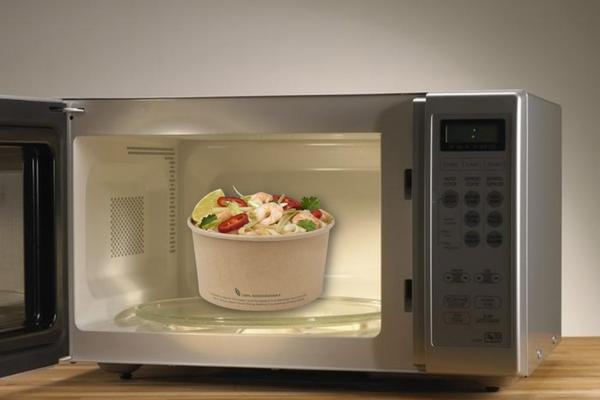
Expert Advice
According to experts, it is not recommended to use paper containers, especially single-use ones, in the microwave. This includes paper boxes and bowls commonly used for takeout or delivery food. The reason lies in the materials used to make these containers and their potential impact on your health.
For instance, materials like syrofom, a type of plastic, may be present in the composition of paper containers such as rice boxes, soup cups, and pizza boxes. When exposed to high temperatures and microwave radiation, these substances can leach into your food, posing potential health risks.
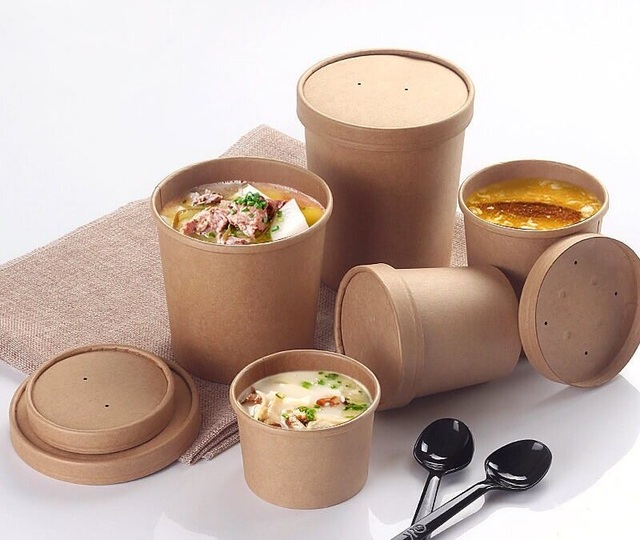
Additionally, paper containers often have a high percentage of paper content, which is a flammable material. This further emphasizes the safety concerns associated with using paper containers in the microwave.
However, it’s important to note that not all paper containers are unsuitable for microwaves. A small number of paper containers on the market are designed to be microwave-safe. Users can look for indicators on the bottom or sides of the container. Even so, these containers have specific time and temperature limitations, as emphasized by experts.
For instance, thick and sturdy paper containers like pizza boxes should only be microwaved for 60 to 120 seconds, with checks every 30 seconds to prevent overheating. The temperature setting should also be kept at the lowest level.
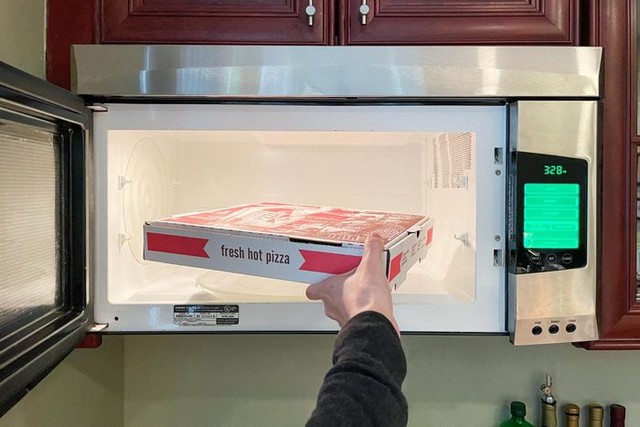
Justin Boucher, Executive Director of the American Food Packaging Forum, emphasizes that manufacturers rarely disclose the exact chemical composition of their materials. Therefore, it is advisable to minimize the use of paper containers in the microwave. If possible, transfer your food to suitable plates or bowls before heating.
Other Items to Avoid in the Microwave
In addition to paper containers and bowls, here are some other materials that are not recommended for use in the microwave:
1. Metal Objects: As microwaves use microwave radiation to heat food, this type of radiation is incompatible with metal objects. When metal comes into contact with microwave radiation, it reflects back onto the oven’s interior, causing a significant increase in temperature and potentially leading to fires or severe damage to the appliance.
Therefore, bowls, plates, or containers with metal components or decorations should not be used in the microwave. Aluminum foil also falls into this category and should be avoided.
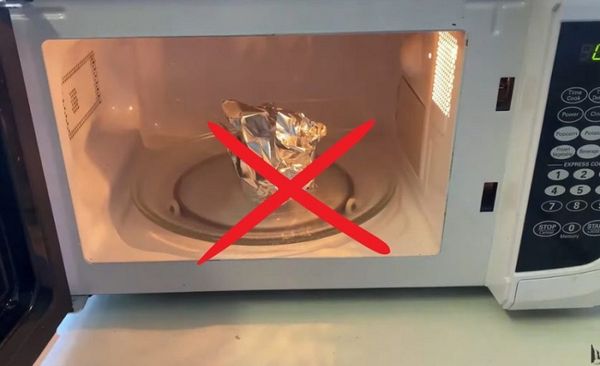
2. Unsafe Plastic and Foam Containers: Similar to paper containers, plastic and foam containers are commonly used for storing food. However, single-use plastics and foams can be extremely dangerous when exposed to high temperatures in the microwave. They may release unsafe substances that can contaminate your food. Foam containers, in particular, should never be used in the microwave. For plastic containers, ensure they are high-quality and marked with a “5” inside a triangle, “PP,” or a microwave-safe symbol.
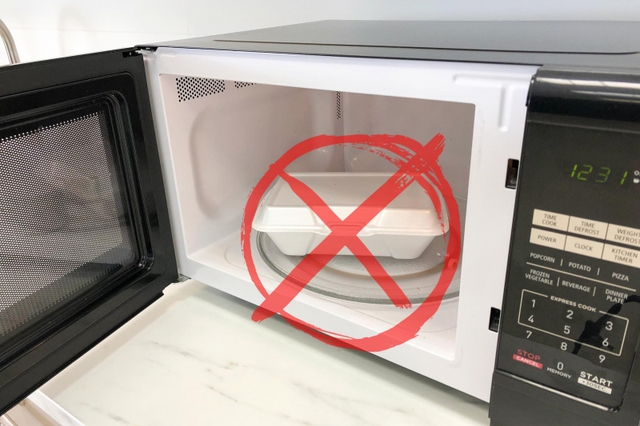
3. Eggs and Seafood with Shells: Putting eggs or shellfish with their shells in the microwave can lead to an unpleasant mess and even explosions. This is because microwave radiation cannot penetrate the hard shells, causing it to reflect back onto the oven’s interior. To avoid this, make sure to remove the shells before microwaving.
4. Sauces: Sauces can cause a mess in the microwave as the high temperatures cause the molecules to expand, resulting in splattering. When removing the sauce from the microwave, be cautious as the hot sauce can cause burns. If you need to heat sauces, use containers with lids or suitable food wraps.
